How to remove moisture from car headlight without opening
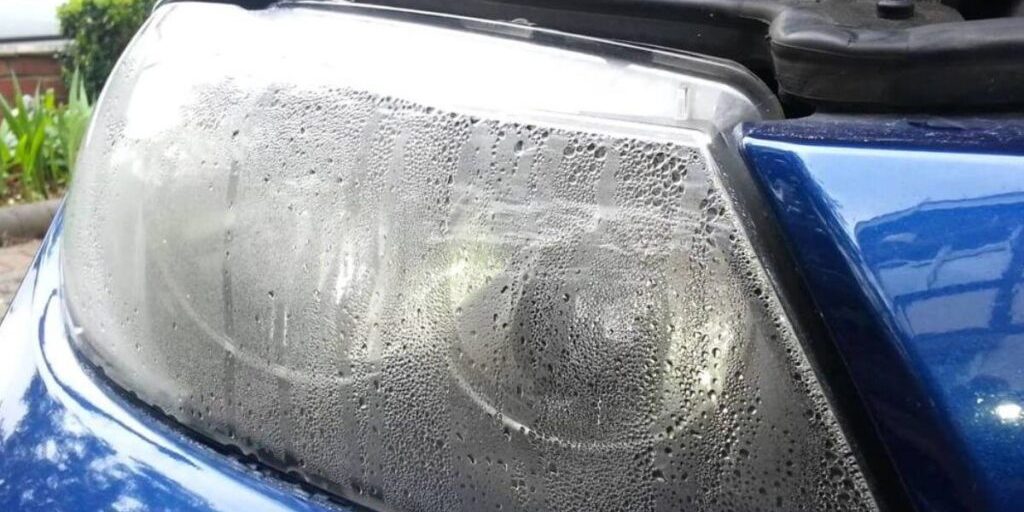
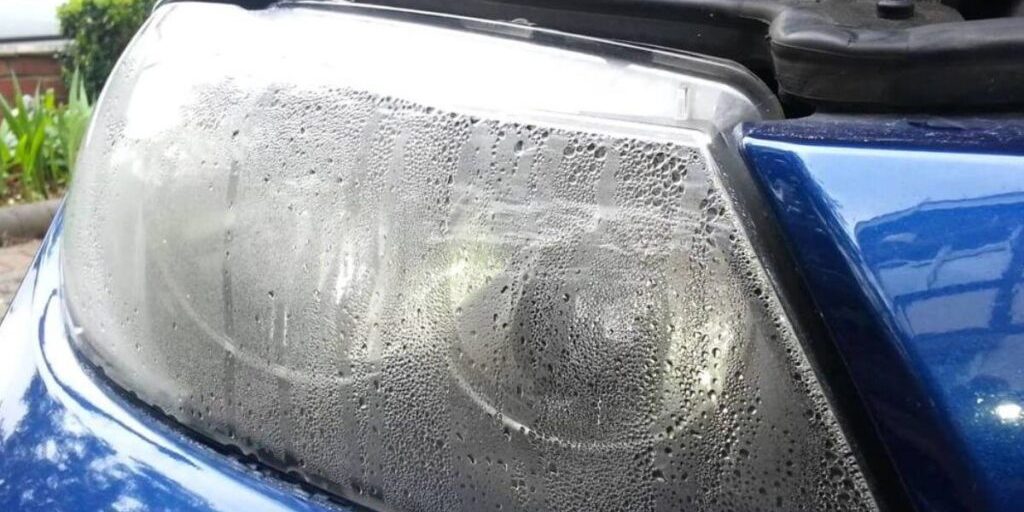
Car headlights are an essential component of your vehicle that provides visibility and safety while driving. However, moisture can accumulate inside the headlight, causing the light to dim or even fail. While opening the headlight to remove the moisture is a common solution, it can be a time-consuming and costly process.
In this article, we will explore some simple and effective ways to remove moisture from car headlights without opening them.
Why Moisture is a Problem for Car Headlights
Moisture causes problems for car headlights due to condensation which can affect the lights’ brightness and lifespan. This is because moisture creates a film on the inside of the lens, reducing light output and causing discoloration. It can also lead to overheating or electrical problems. Solving this issue promptly is imperative.
To remove moisture from car headlights without opening them, try using a hairdryer on low heat or silica gel packets placed inside the light housing. Another option is to drill small holes on a non-visible surface in the housing to let air circulate, but this should only be done as a last resort.
It’s important to address this problem promptly to avoid further damage or safety issues caused by decreased visibility while driving at night. Don’t wait until it’s too late; take care of your car headlights today.
“Foggy headlights? Your car’s not crying, it’s just suffering from a case of condensation.”
Common Causes of Moisture Buildup in Car Headlights
Moisture buildup in car headlights is prevalent due to several factors. The causes of moisture are often associated with extreme temperature changes, the opening and closing of the headlight covers, and worn-out seals or gaskets that fail to maintain a watertight seal around the headlight housing. When water vapor enters the headlights through even the tiniest openings, it remains trapped inside. As time elapses, moisture buildup occurs and affects your driving experience.
- Extreme temperature changes resulting from weather patterns such as heavy rain or snowfall entering through cracks and causing moisture formation
- Frequent Headlight use exposes them to intense heat and lights that cause internal heating which mixes with air, leading to moisture buildup.
- Humidity mixing with heat produced by the light bulbs readily induces condensation within the lamp housings,
- Cracks/ breaks in headlights can also play a role since they expose points susceptible to direct outside contact thus easily allowing water vapor penetration.
If left unhandled, Moisture accumulation can lead to damaging electrical components or even short circuits altogether. One way of preventing this is replacing broken lenses/failing seals/gaskets with new ones rather than the temporary blockage using faulty adhesives that open up later.
Several ways deemed fit allow effective removing of moisture while saving a hefty fee. Drill one small hole at its lowest point-having holes on both sides-ensuring any liquid flows out via gravity; Air Force Blower/Vacuum method-designed for those in humid areas essentially involves fitting an air hose into each bulb socket then blowing air into it until all droplets go out via gravity again; Silica Gel desiccant packs absorb excess moisture-just applying them inside your headlight assembly ensures no more evaporation takes place after absorbing existing moisture thereby having no impact on functionality.
Say goodbye to foggy headlights without the headache of opening them up with these clever moisture-removing methods!
Methods to Remove Moisture from Car Headlight Without Opening
To remove moisture from your car headlight without opening it, you need effective methods. Using silica gel packets, a hairdryer, rice, or a vacuum cleaner can be the solution. In this section on methods to remove moisture from car headlights, we’ll briefly introduce each sub-section to give you an idea of how you can solve this issue.
Using Silica Gel Packets
Silica Gel Packets for Eliminating Moisture in Car Headlights
Silica gel packets are a cost-effective and easy way to eliminate moisture, which can be harmful to car headlights. Here’s what you should know about using silica gel packets:
- Place several silica gel packets inside the headlight casing before sealing it up
- The silica gel works by absorbing excess moisture from within the headlight casing
- Silica gel is a desiccant that absorbs and holds water vapor rather than absorbing liquid directly
- Ensure that the silica gel packets are ‘renewed’ or dried out by placing them in an oven at low heat before reuse
- Repeat this process as often as necessary until the moisture content inside the headlight casing is significantly reduced.
- Avoid getting silica crystals on your skin or eyes when handling, and keep away from children and pets.
Notably, using silica gel packets not only helps eliminate moisture but also prolongs a car’s headlights’ lifespan. Instead of opening the headlight to remove excess moisture, which may lead to potential damage, this method is safer since it does not require disassembly.
Here are some additional tips that can help prevent condensation inside a car’s headlights:
- Always park your vehicle indoors or under cover to avoid prolonged exposure to sunlight and rainwater.
- If water gets inside your headlights through cracks, consider replacing them with new ones instead of attempting repairs.
- Clean your headlights regularly and apply wax coatings that prevent water buildup on their surface.
- If all else fails and you notice that your headlights still tend to fog up, look for professional repair services.
In summary, using silica gel packets is an effective way of eliminating excess moisture from car headlights without risking damage. While it is always important to take care of your car’s headlights, regular maintenance and professional repair services will ultimately help prolong their lifespan.
Who needs a spa when you can give your headlights a blowout with a hairdryer?
Using a Hairdryer
Using a Blow Dryer
To remove moisture from car headlights without opening them, using a blow dryer is an effective and easy solution. The following six steps will guide you through the process:
- Ensure the headlights are dry on the surface.
- Select the low-temperature setting on the blow dryer.
- Hold the blow dryer approximately 6 – 8 inches at one angle to cover all areas of the headlight.
- To prevent overheating, move the hairdryer constantly while drying one headlight.
- Repeat Steps 2-4 for all headlights observed with moisture.
- After all headlights are dried completely, test if they are functioning correctly by turning them on.
It is necessary to use a microfiber towel before starting this process to clean dirt or dust off your headlight lens. Safety glasses must also be worn while performing this task.
Avoid using high temperatures as it may damage your headlamp in the long run. If the problem persists after drying, then it may be an indication of more significant issues with your vehicle.
One additional tip that may help remove moisture involves parking your car in direct sunlight facing away from water sources and with its hood opened. Keeping a humidifier inside when not in use drives out dampness and significantly reduces moisture build-up on car parts.
Utilising these techniques can save time and money typically spent visiting mechanics and improve driving comfortability during rainy seasons or foggy weather conditions.
Rice: not just for eating or throwing at weddings, it can also suck the moisture out of your headlights.
Using Rice
When it comes to removing moisture from car headlights without opening them, one effective solution is utilizing the rice method. Rice possesses natural dehumidifying properties that can draw moisture out of various surfaces, including car headlights.
To employ the rice method effectively, follow these simple steps:
- Choose a small, breathable fabric bag
- Fill it up with uncooked rice
- Tie or seal the bag securely
- Place the bag in a convenient location close to where the headlights are situated
- Leave it there for at least 24 hours
It is crucial to note that quality rice must be utilized in this method, as poor quality rice may lead to gumming or sticking within crevices and cracks of the headlights. Additionally, ensure that no rice particles get into any areas around your car’s lighting fixtures.
This rice method provides an inexpensive and non-invasive solution for removing moisture from car headlights without resorting to expensive solutions like replacements or costly professional drying services. Don’t let moistness reduce nighttime visibility while driving; try using this efficient and affordable technique today. Suck the moisture out of your car headlights with a vacuum cleaner – just don’t forget to empty the bag before it turns into a marshland.
Using a Vacuum Cleaner
A Method to Eliminate Moisture from Car Headlight without Unsealing using a Vacuum Cleaner can be an effortless approach. Here are some crucial points to consider:
- First, locate the hole or area behind the headlight where the vacuum cleaner hose can fit.
- Then, twist and lock the vacuum cleaner hose to create a seal before turning it on.
- The suction of the vacuum will draw out air from inside the headlight assembly, which will help reduce moisture buildup inside.
- Keep the vacuum cleaner running for approximately 10-15 minutes or until any visible moisture has been removed.
- Once finished, switch off your vacuum and check if there is any remaining moisture inside
It’s crucial to remember that while this method is effective, it may not work if there is extensive damage to your car’s headlights. Such damage might include cracks or holes in headlights that allow water droplets to enter and stay there.
Furthermore, some cases involving fluctuations in temperature may cause recurring fogging within headlights even though they were dry at first. In such situations, you may need to hire a professional mechanic or auto technician with vast experience dealing with automotive headlights for proper maintenance.
You do not want to miss out on having a clear view of the road while driving at night due to moisture in your car’s headlights. Try using a vacuum cleaner as it’s user-friendly and cost-effective—an incredibly simple option that every driver should try!
Keep your car headlights dry and avoid looking like a fishbowl on wheels with these prevention measures.
Prevention Measures to Avoid Moisture Buildup in Car Headlights
To avoid moisture buildup in your car headlights, follow these prevention measures with proper sealing of headlights, avoiding extreme temperature changes, and regular cleaning and maintenance. In this section, we will introduce you to the benefits of each sub-section so you can better understand how these measures can prevent moisture buildup and keep your headlights clear and bright.
Proper Sealing of Headlights
When it comes to mitigating moisture accumulation in car headlights, an essential measure is ensuring that the headlights are adequately sealed. This sealing process prevents condensation from accumulating inside the lamps by creating an airtight barrier that prevents air and moisture from accessing the interior of the headlamp assembly.
To achieve proper sealing of headlights, follow these four steps:
- Before sealing the headlight, verify that all old or worn gaskets have been removed.
- Next, use a silicon adhesive sealant to create a uniform and robust seal around each component of the headlight.
- Ensure that all surfaces are clean and dry before applying any silicone sealant.
- Allow adequate time for the sealer to cure entirely according to its particular curing period indicated on its package instructions.
Additionally, applying standard seam-sealer tape over joining areas as it requires less curative time than diverse types of like adhesive agents prolongs their functional life.
Interestingly, effective seals between vehicles’ lighting systems and their lenses began during World War II when Lucas Industries Limited developed their first cars’ headlamps compression seal.
Your car headlights don’t need a hot and cold relationship, so keep them away from extreme temperature changes.
Avoiding Extreme Temperature Changes
Maintaining Consistent Temperature to Prevent Moisture Buildup in Car Headlights
Car headlights are prone to developing moisture buildup, making them hazy and reducing their brightness. An effective way to prevent this problem is by maintaining a consistent temperature in your car. Drastic changes in temperature, such as hot-cold cycles, can create condensation within the headlights, leading to moisture buildup.
To ensure consistent temperature, keep your car garaged or covered if possible. Parking under trees or leaving the car exposed to direct sunlight can cause rapid changes in temperature. Make sure all windows and doors are properly closed when the AC or heater is turned on, as this will help regulate the temperature inside the car.
Furthermore, try not to park your car in areas that are prone to flooding or high humidity levels. Wet weather conditions can cause moisture buildup inside the headlights, leading to foggy lenses and reduced visibility.
By following these simple tips and maintaining a consistent temperature inside your vehicle, you can effectively prevent moisture buildup in your car headlights. This not only ensures clear vision while driving but also prolongs the lifespan of your vehicle’s lighting system. Don’t let moisture ruin your driving experience; take necessary precautions today!
Maintaining your car headlights is like maintaining a relationship – if you neglect it, it’ll get foggy and cloudy.
Regular Cleaning and Maintenance
To maintain optimal illumination while driving, it is essential to take necessary precautions that prevent the buildup of moisture in car headlights. Consistent upkeep is vital in ensuring effective lighting and extending the lifespan of vehicle lighting systems.
Here are four steps to Uphold the Clarity and Condition of Car Headlights:
- Before cleaning, start by removing surface dirt and debris using dry microfiber/cotton cloth.
- Wipe down headlights with a mixture of mild soap and water.
- Dry headlights properly with a dry cloth or allow them to air dry naturally completely.
- Apply a coating of wax on the headlight covers to reduce accumulation and prolong clarity.
It’s significant to keep in mind that an extra layer of protection (such as silicon-based ones) could help deter accumulation for longer span durations. Avoid using severe chemicals such as acetone, gasoline, or nail polish removers – these can severely impact headlight surface shields.
Henceforth, ensure putting effort into preventative measures such as parking indoors or under roof sheds, aerating your garage area regularly promotes moisture circulation – factors likely causing condensation & fogging are significantly reduced.
According to ancient history sources, Nalanda’s primary source mentions effulgent flames emanated from carriage lamps in fifth-century India. However, automobile production began in the late 19th century when gas-powered engines powered vehicles utilizing acetylene-gas lamps which were difficultly maintained resulting in continuous replacements required for more durability – prompting technological advancements yielding modern-day synthetic lensing innovation usage across various automobile models today.
Keep your headlights dry, or you’ll be left in the dark.
Conclusion: Keeping Car Headlights Moisture-Free
Keeping car headlights free from moisture is a crucial aspect of maintaining your vehicle. Moisture accumulation can reduce visibility which leads to driving hazards and accidents on the road. To prevent moisture from building up on your car’s headlights, several methods can be employed without necessarily opening them up.
A simple yet effective way to keep car headlights free from moisture is by using a desiccant such as silica gel or cat litter. Place the desiccant inside a pair of pantyhose and tie it around the headlight. Another method is by using a hairdryer to dry out any water already present in the headlight. Keep the hairdryer approximately two inches away from the surface and set it to medium heat.
Additionally, washing the car headlights with vinegar or alcohol and waxing afterward creates an invisible barrier that repels water ingress into them. In severe cases, use commercially available electrical contact cleaner sprays designated for automotive purposes, but only after referring to the product manufacturer’s instructions.
Interestingly enough, early cars’ headlights were fueled by acetylene gas rather than electric light bulbs. They featured either an open flame or an enclosed flame burner with a reflector behind it to amplify light output. Acetylene lamps required constant attention due to soot buildup, often necessitating driver intervention on long trips.
Frequently Asked Questions
Q: How do I know if moisture is in my car headlight?
A: If there is fog or condensation inside the headlight, moisture has likely formed.
Q: Can moisture in the headlight cause damage to the car?
A: Yes, it can damage the electrical components inside the headlight, causing them to rust or fail.
Q: Can I remove moisture from my car headlight without opening it?
A: Yes, there are several methods that can effectively remove moisture without opening the headlight.
Q: What are some methods for removing moisture from a car headlight without opening it?
A: Methods include using a hairdryer, setting the headlight in the sun, using silica gel packets or cat litter, or using a commercial headlight restoration kit.
Q: How long does it take to remove moisture from a car headlight using one of these methods?
A: The timeframe will depend on the severity of the moisture and the method used. In general, it may take anywhere from a few hours to several days to effectively remove moisture from a headlight.
Q: Should I consult a professional to remove moisture from my car headlight?
A: If you are unsure of how to safely remove moisture or if the moisture is severe, it may be best to consult a professional to avoid causing further damage.



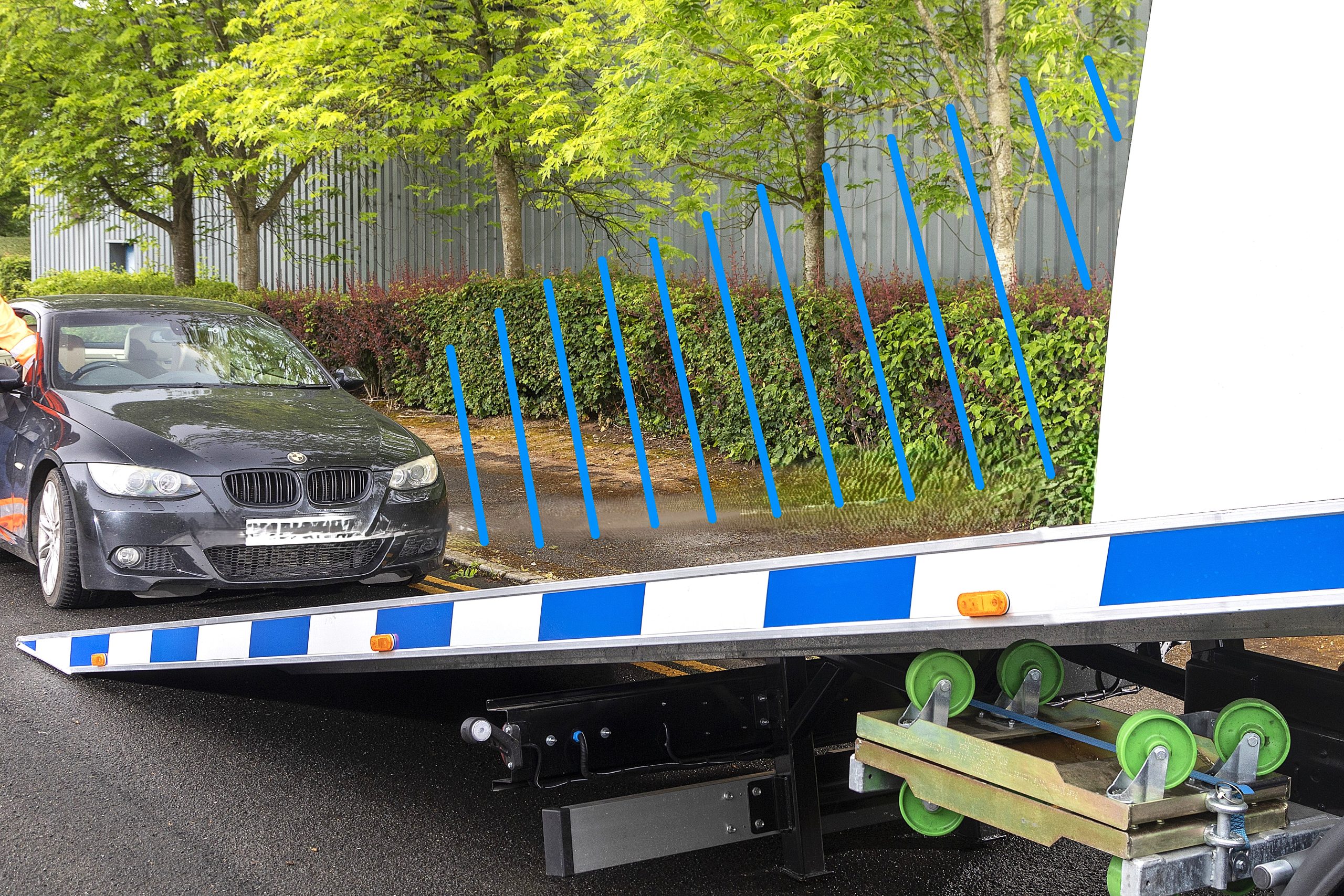


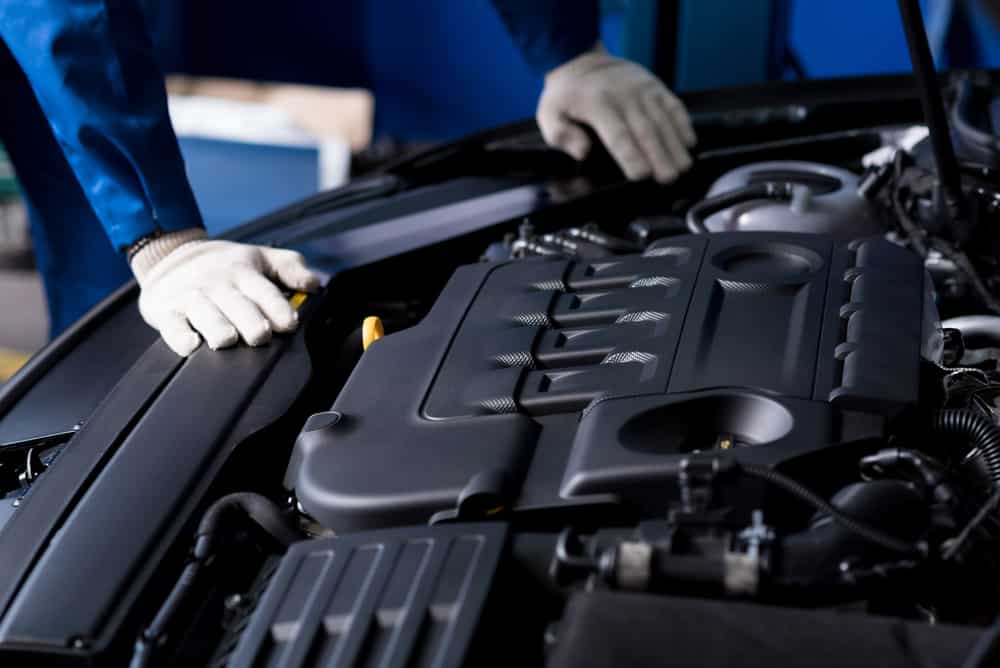
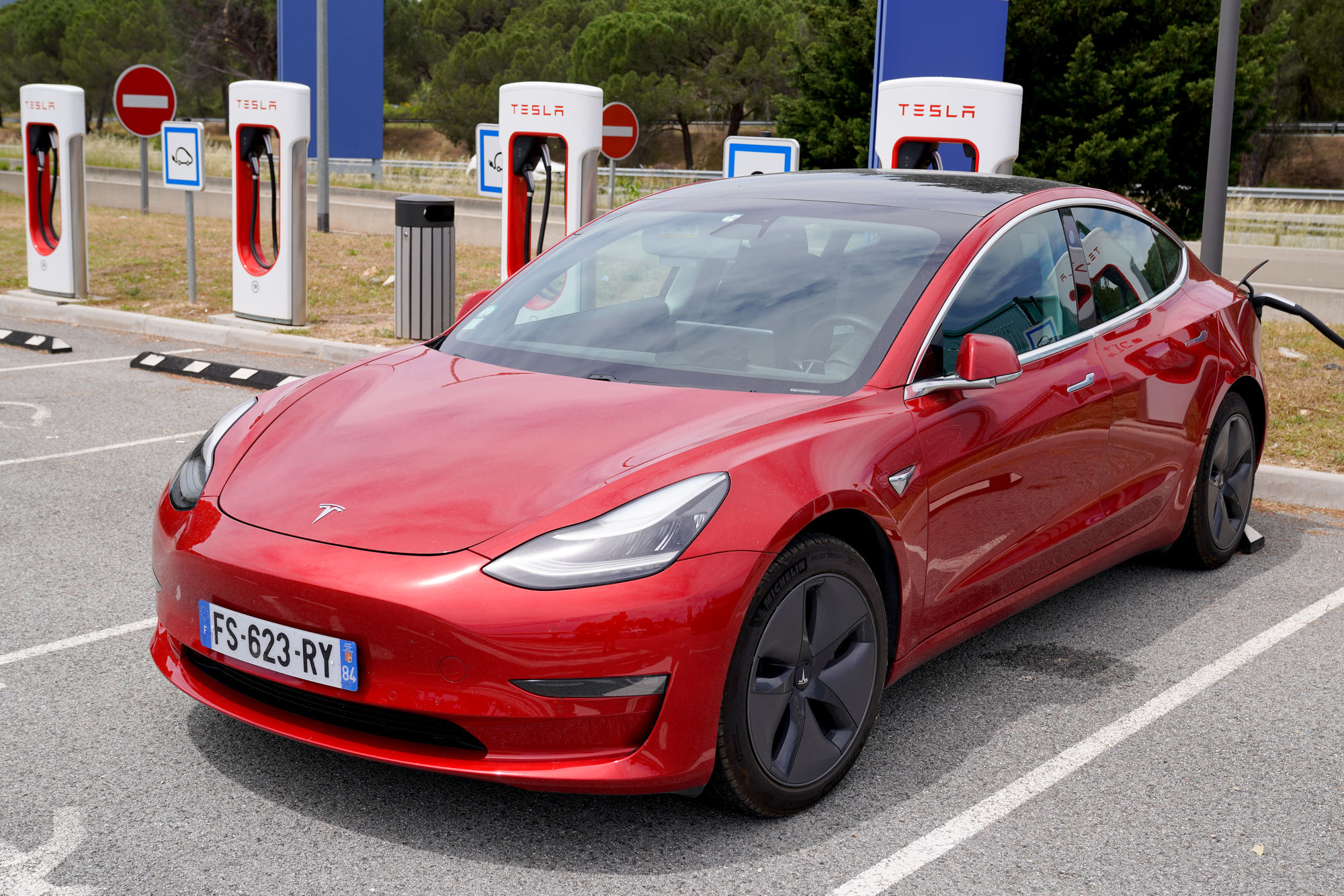
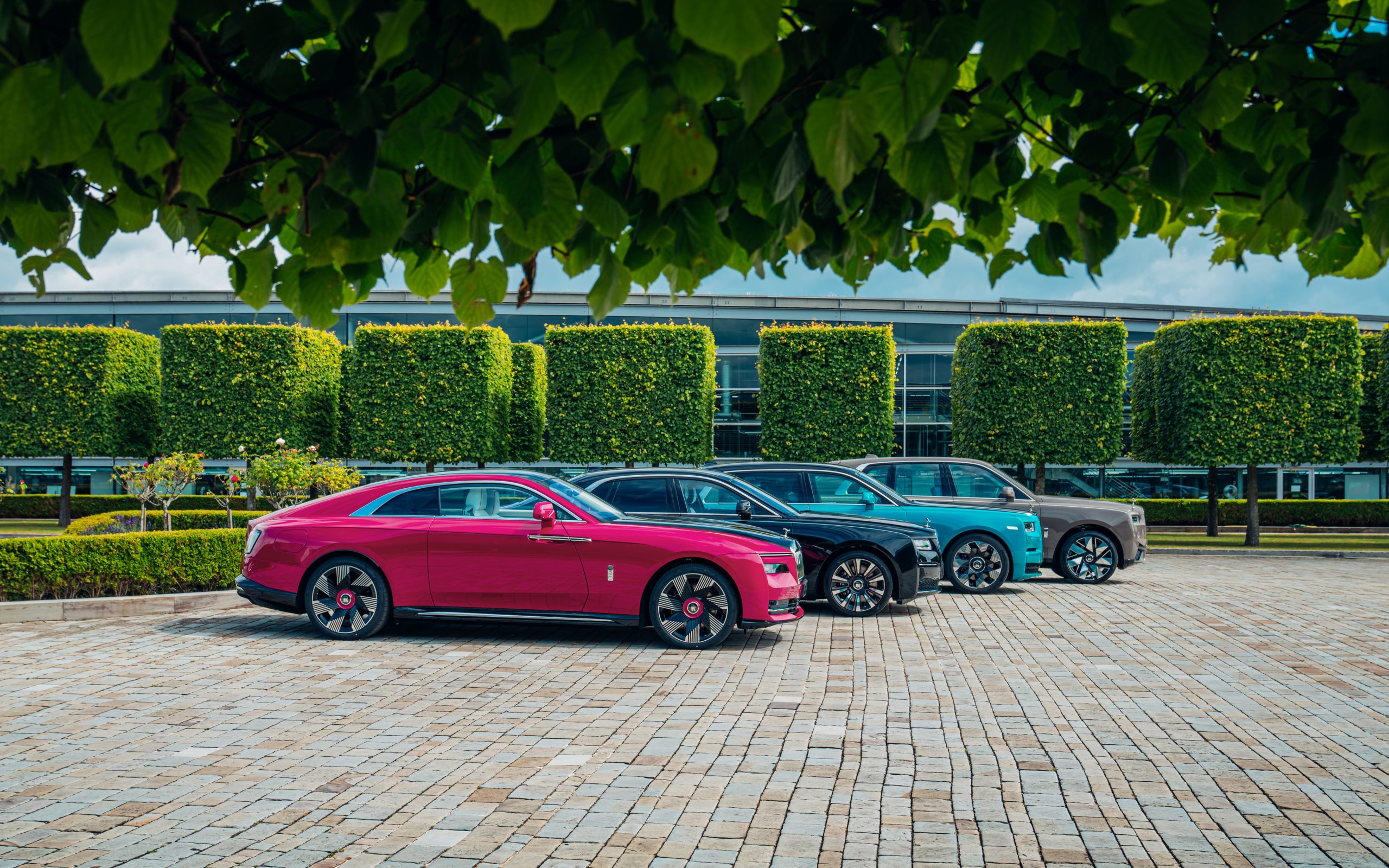
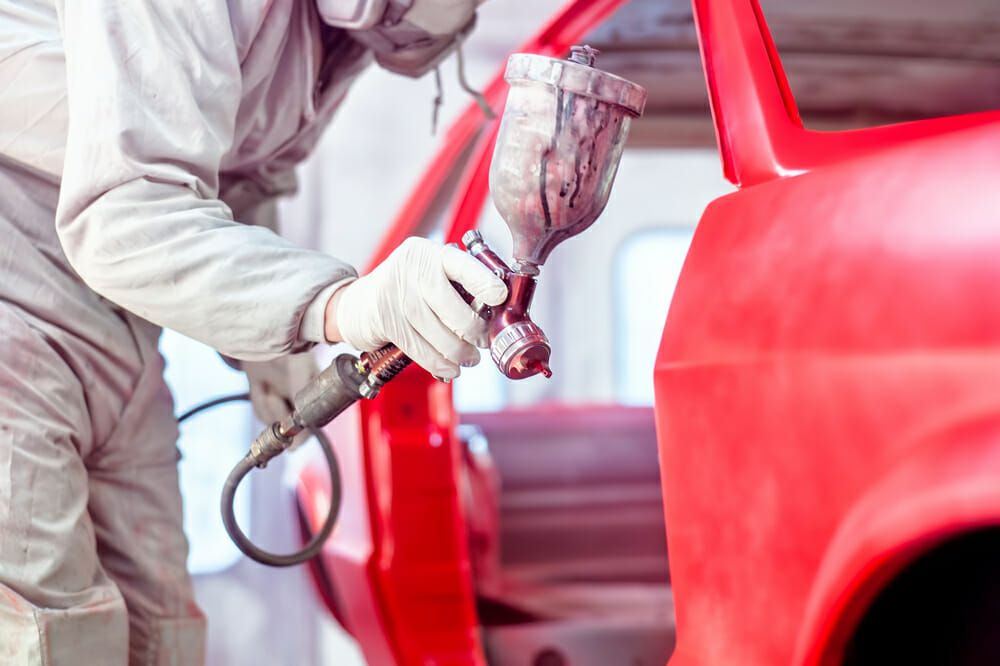

[…] Remove the key from the ignition and open the car hood. […]